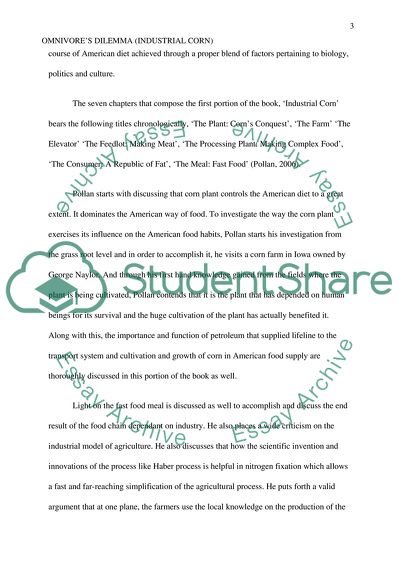Cite this document
(Omnivores Dilemma (Industrial Corn) Coursework Example | Topics and Well Written Essays - 2500 words, n.d.)
Omnivores Dilemma (Industrial Corn) Coursework Example | Topics and Well Written Essays - 2500 words. https://studentshare.org/literature/1766995-final-research-paper-omnivores-dilemma-industrial-corn
Omnivores Dilemma (Industrial Corn) Coursework Example | Topics and Well Written Essays - 2500 words. https://studentshare.org/literature/1766995-final-research-paper-omnivores-dilemma-industrial-corn
(Omnivores Dilemma (Industrial Corn) Coursework Example | Topics and Well Written Essays - 2500 Words)
Omnivores Dilemma (Industrial Corn) Coursework Example | Topics and Well Written Essays - 2500 Words. https://studentshare.org/literature/1766995-final-research-paper-omnivores-dilemma-industrial-corn.
Omnivores Dilemma (Industrial Corn) Coursework Example | Topics and Well Written Essays - 2500 Words. https://studentshare.org/literature/1766995-final-research-paper-omnivores-dilemma-industrial-corn.
“Omnivores Dilemma (Industrial Corn) Coursework Example | Topics and Well Written Essays - 2500 Words”. https://studentshare.org/literature/1766995-final-research-paper-omnivores-dilemma-industrial-corn.


